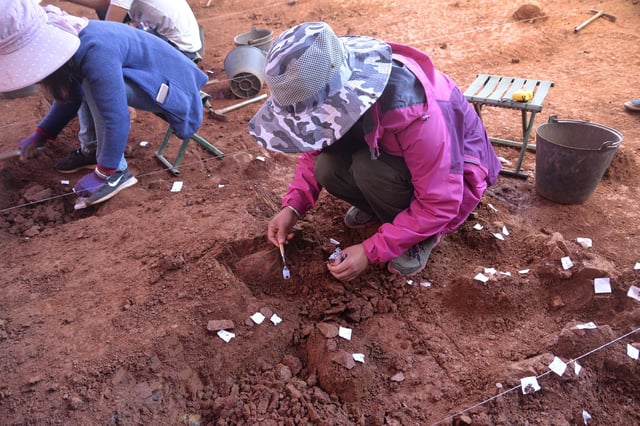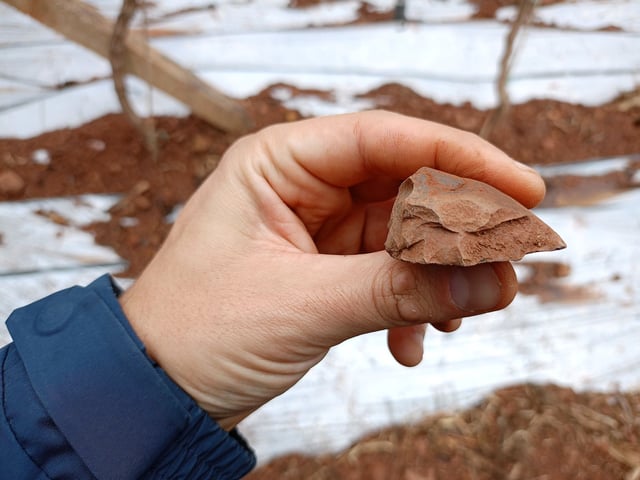Overview
- Researchers uncovered Quina stone tools at the Longtan site in southwest China, marking the first such discovery in East Asia.
- The tools, dated to 50,000-60,000 years ago, resemble those made by Neanderthals in Europe, raising questions about independent invention or cultural transmission through migration.
- No human remains have been found at Longtan, leaving the identity of the toolmakers uncertain, with hypotheses including Denisovans, Neanderthals, or an unknown human species.
- The tools’ presence challenges the long-held view that Middle Paleolithic East Asia was technologically stagnant compared to Europe and Africa.
- Future excavations aim to explore deeper layers at Longtan and other sites to trace the origins of this technology and its creators.


